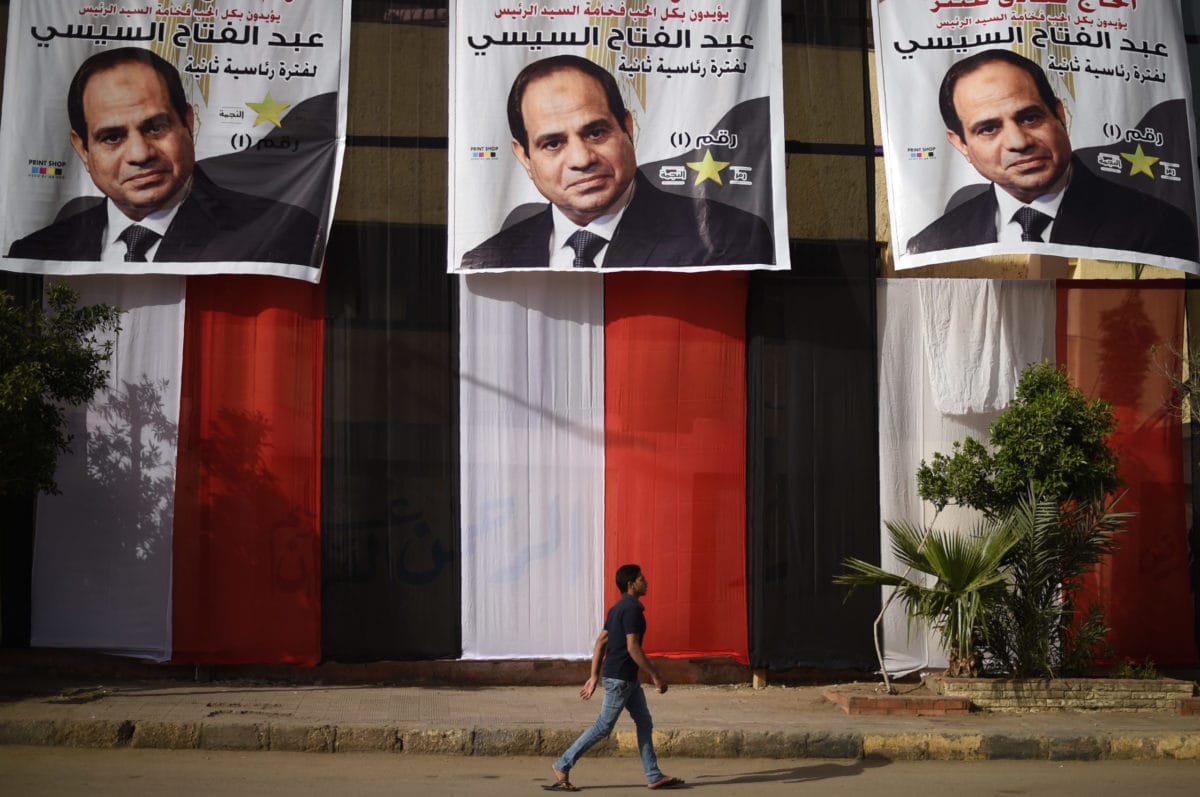The Lasting Significance of Egypt’s Rabaa Massacre
The Egyptian military's massacre of nearly 1,000 supporters of deposed president and Muslim Brotherhood leader Muhammad Mursi at Rabaa al-Adawiyya square in August 2013 continues to reverberate. Abdullah Al-Arian explains the massacre's long-term impact on the Muslim Brotherhood movement and Egyptia








